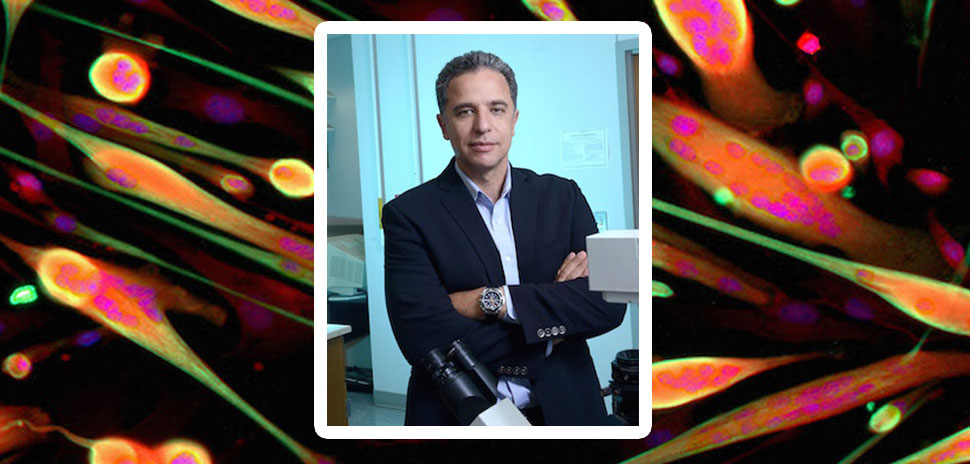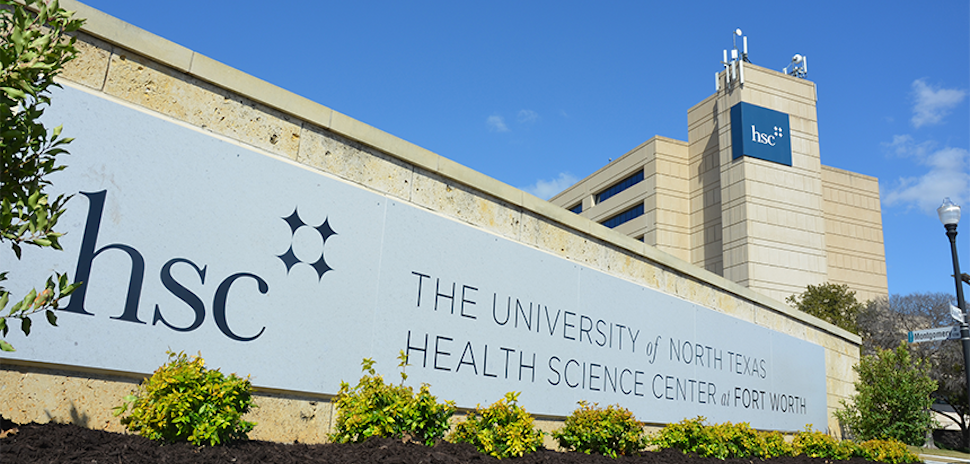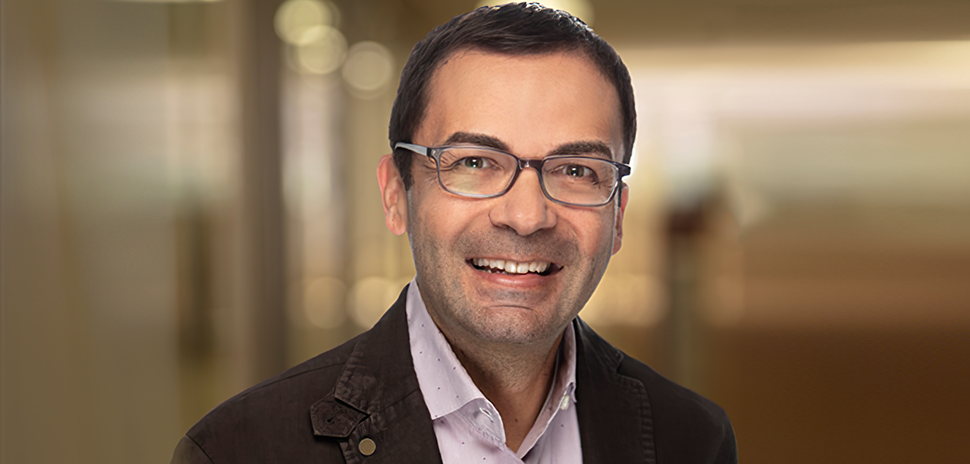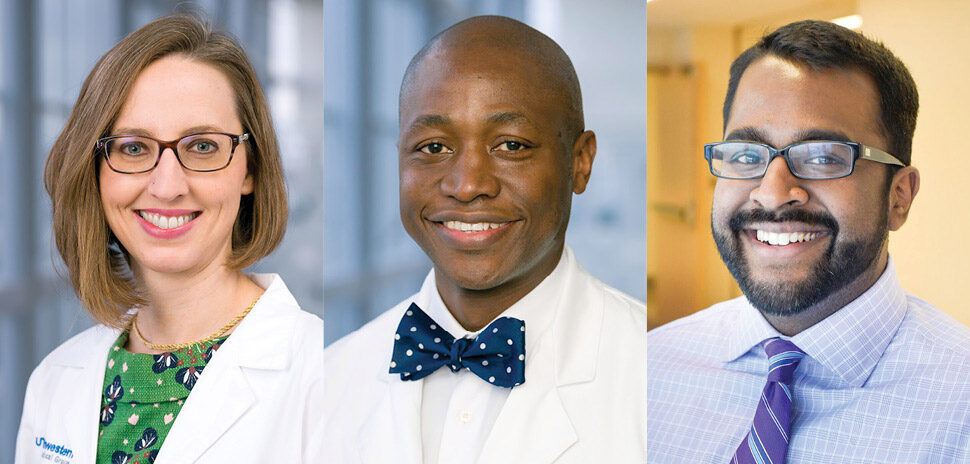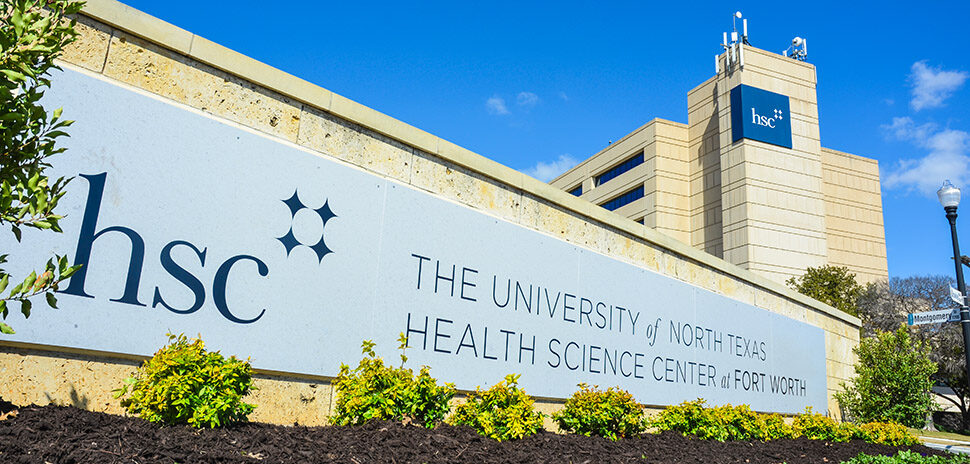A professor at UT Southwestern Medical Center’s Hamon Center for Regenerative Science and Medicine will play a critical role in a “dream team” of international researchers looking for ways to regenerate damaged heart muscle in heart failure patients.
According to a UT Southwestern release, Dr. Hesham Sadek, associate professor of internal medicine and associate director of the Hamon Center, will be the American coordinator for researchers in Madrid, London, Paris, Stockholm, and New York.
The team is one of five chosen this year by the Leducq Foundation of Paris to receive a $6 million, five-year grant under the foundation’s Transatlantic Networks of Excellence Program.
“The potential for scientific interaction within this network is particularly exciting.”
Hesham Sadek
“The potential for scientific interaction within this network is particularly exciting. Every single member of the consortium is a major figure in his field,” Sadek said.
Sadek, who holds the J. Fred Schoellkopf, Jr. Chair in Cardiology at UT Southwestern, is known for discovering that the heart cells in newborn mice regenerate if damaged. Subsequent research showed that sharply reducing oxygen in the environment enables regeneration even in older mice.
Sadek also has done research that discovered that human heart failure patients show some evidence of regeneration if their damaged heart is rested by putting on an LVAD machine, a type of mechanical pump that takes over most of the heart’s work, UT Southwestern said.
The Leducq Foundation award is aimed at bringing the world’s top researchers together to collaborate on research into neurovascular and cardiovascular disease. The program targets research in Europe and North America, in particular.
Nearly 6 million people in the U.S. suffer from heart failure, a progressive deterioration of the heart muscle which makes the heart unable to pump enough blood to support the person’s body.
A DAMAGED HEART MUSCLE MUST WORK HARDER
According to the Centers for Disease Control and Prevention, roughly half of those diagnosed with heart failure die within the first five years, and that the only current cure is a heart transplant.
“The heart muscle, when lost, is not replaced. So the remaining muscle has to pick up the function of the lost muscle, and must work harder, and so muscle cells continue to die,” Sadek said.
The heart can be damaged by heart attack, long-term cardiovascular disease, or infection, UT Southwestern said.
The international team will work both with mice models and failing human hearts donated by transplant patients in their efforts to either prevent the damage within heart cells that lead to the inability to regenerate, or to find methods to fix it.










